A small LiFePO4 battery is a compact lithium iron phosphate energy source typically ranging between 6Ah and 100Ah. Compared with conventional lead-acid batteries, it offers a lighter weight, smaller footprint, and longer service life.
Key features that make LiFePO4 batteries stand out include:
Long cycle life of up to 2000 cycles
Excellent thermal stability with minimal risk of overheating
Steady voltage output for stable performance
Lightweight construction for easy installation and mobility
Environmentally friendly and non-toxic composition
These characteristics make them perfect for compact applications such as portable solar systems, marine equipment, small RV setups, and electric scooters.
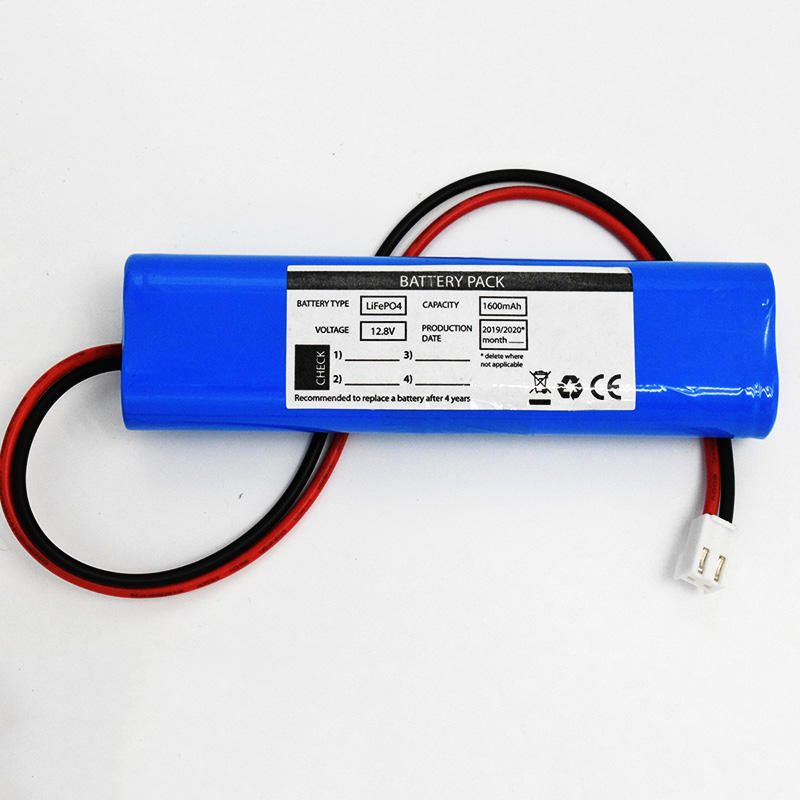
Compared to lead-acid or nickel-based batteries, small LiFePO4 batteries deliver superior performance in almost every aspect.
Main advantages include:
Longevity: Typically lasts 5–10 years with proper maintenance.
Efficiency: Operates at over 95% energy efficiency.
Depth of discharge: Can safely utilize up to 90% of capacity.
Fast charging: Supports higher charging current for reduced charging time.
Stable voltage: Consistent output for sensitive electronics.
These benefits make LiFePO4 batteries ideal for renewable energy systems, off-grid setups, and electric tools that demand dependable, long-lasting power.
Battery capacity, measured in amp-hours (Ah), determines how much energy can be stored. Selecting the correct capacity ensures your system runs smoothly without power shortages or excessive strain on the battery.
Steps to calculate battery capacity:
List all devices to be powered.
Note each device’s wattage and estimated usage time.
Convert watts to amps using:
Amps = Watts ÷ Volts
Multiply amps by hours to get Ah for each device.
Add all values and include a 20% safety margin.
Battery size is a critical factor, especially when space is limited in vehicles or equipment compartments.
Before purchasing, always verify:
Battery dimensions (length, width, height)
Available installation space
Proper ventilation and wiring clearance
Mounting orientation requirements
Different models vary in shape and terminal placement. Measuring accurately before purchase helps avoid compatibility issues and ensures secure installation.
Selecting the correct voltage is key to system compatibility and efficiency.
General recommendations:
12V: Best for small applications such as RVs, portable solar kits, and lighting.
24V: Suitable for medium-sized off-grid systems and electric tools.
48V: Designed for high-demand setups like home energy storage or large electric vehicles.
For most small-scale projects, a 12V LiFePO4 battery offers the easiest integration and widest compatibility.
To ensure performance and safety, check the following before buying:
Cycle life: Minimum 2000 cycles or more
Certifications: CE, UL, RoHS, UN38.3 compliance
Warranty: At least 2 years recommended
User reviews: Verified feedback from customers
Technical documentation: Transparent datasheets and specifications
Safety features: Built-in BMS, overcharge protection, low-temperature protection
Avoid batteries with unclear specifications, no certification, or poor after-sales support.
Yes, small LiFePO4 batteries can be configured in both series and parallel connections.
Series connection: Increases voltage (e.g., two 12V batteries = 24V).
Parallel connection: Increases capacity (e.g., two 12V 50Ah = 12V 100Ah).
Key precautions:
Only connect identical batteries (same model, brand, and age).
Fully charge before connection.
Use proper fuses and high-quality cables.
Follow manufacturer recommendations carefully.
Mixing different capacities or chemistries can lead to imbalance, overheating, or reduced lifespan.
1. Can I replace a lead-acid battery with a LiFePO4 battery?
Yes. Most 12V LiFePO4 batteries are direct replacements, but ensure your charger supports lithium charging profiles.
2. How long does a small LiFePO4 battery last?
Typically 3000–5000 cycles, or 8–10 years under normal use.
3. Do I need a special charger?
Yes. A charger specifically designed for LiFePO4 batteries ensures correct voltage and current regulation.
4. Can it work in cold temperatures?
Yes, but charging below 0°C can be harmful unless the battery has low-temperature protection.
5. How should I store it?
Store at around 50% charge in a cool, dry location. Recharge every 3–6 months to maintain performance.

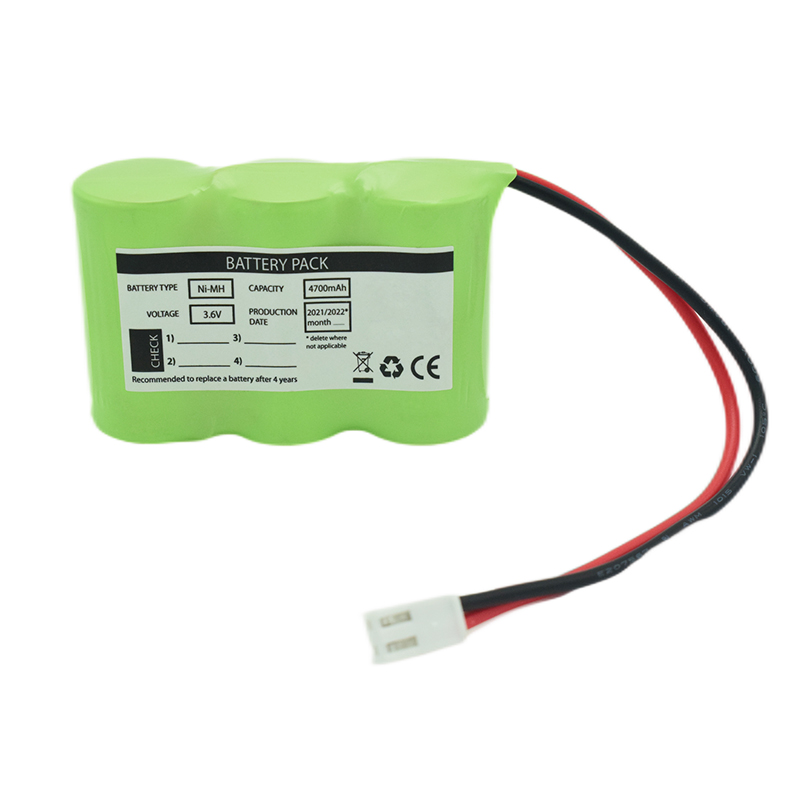 Ni-MH Battery C4700mAh 3.6V
Ni-MH Battery C4700mAh 3.6V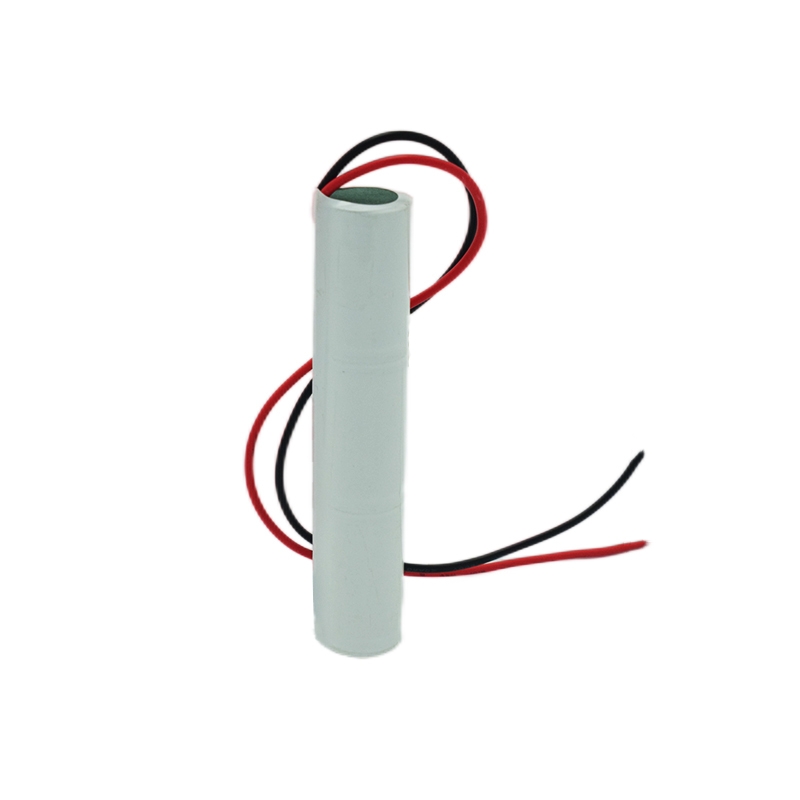 Nickel Cadmium Nicd Battery Pack SC1800mAh 3.6V
Nickel Cadmium Nicd Battery Pack SC1800mAh 3.6V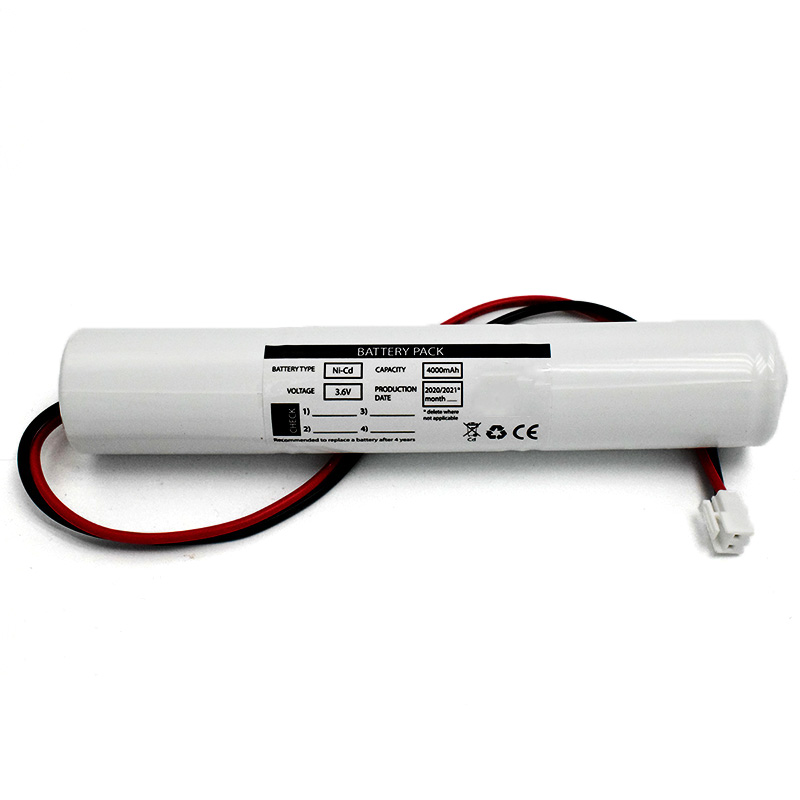 Ni-Cd Battery Pack D4000mAh 3.6V
Ni-Cd Battery Pack D4000mAh 3.6V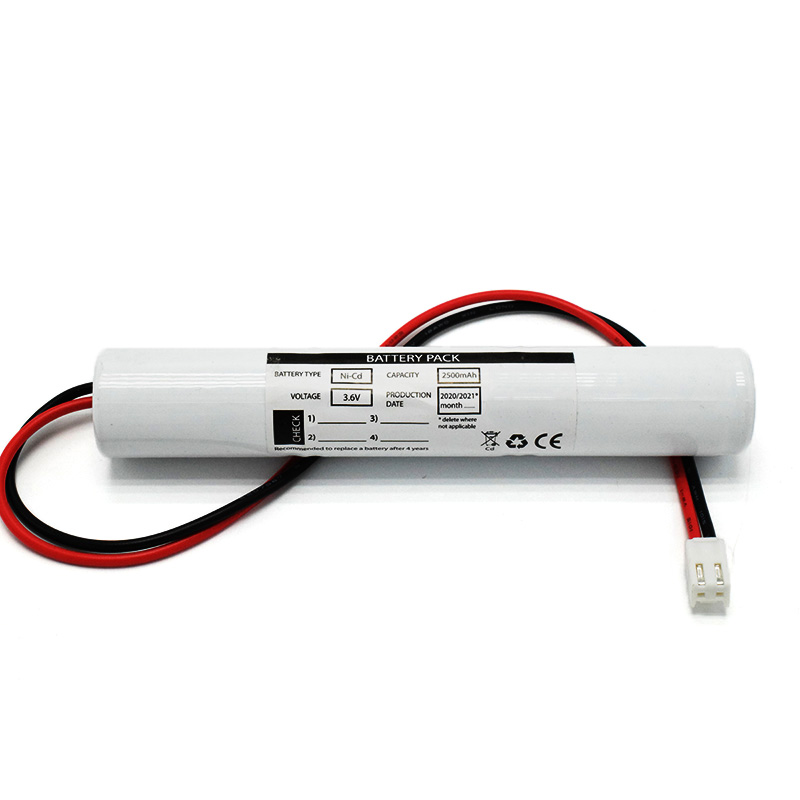 Ni-Cd Battery Pack C2500mAh 3.6V
Ni-Cd Battery Pack C2500mAh 3.6V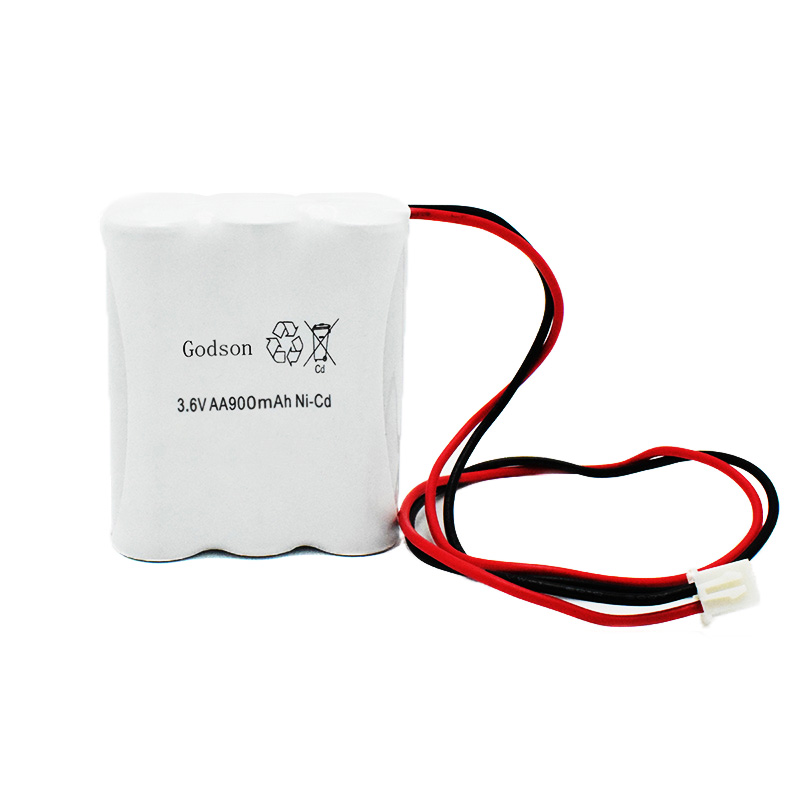 NICAD Battery Pack AA900mAh 3.6V
NICAD Battery Pack AA900mAh 3.6V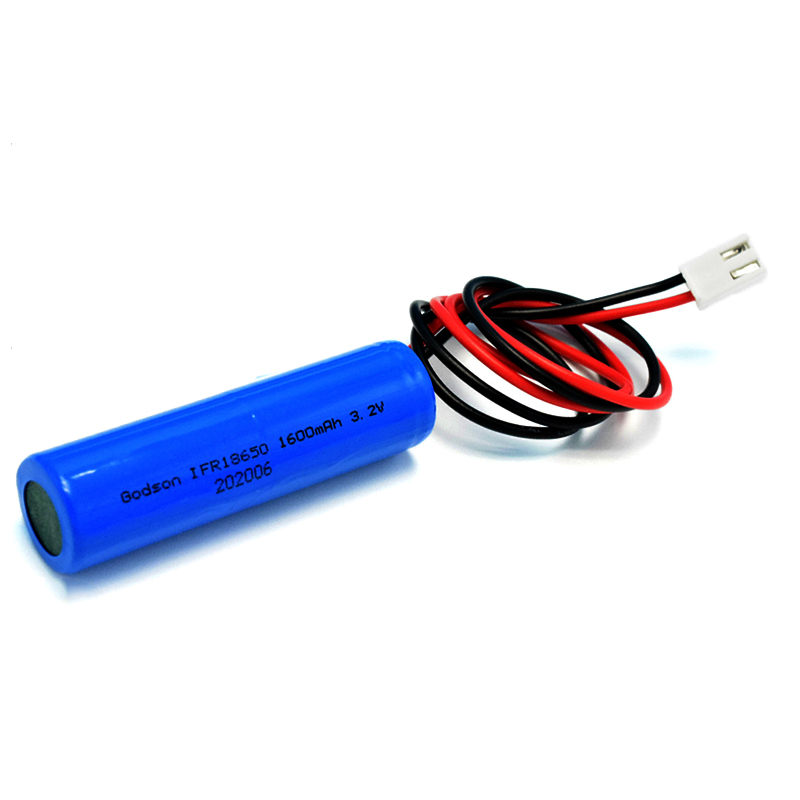 LiFePO4 IFR18650 1600mAh 3.2V
LiFePO4 IFR18650 1600mAh 3.2V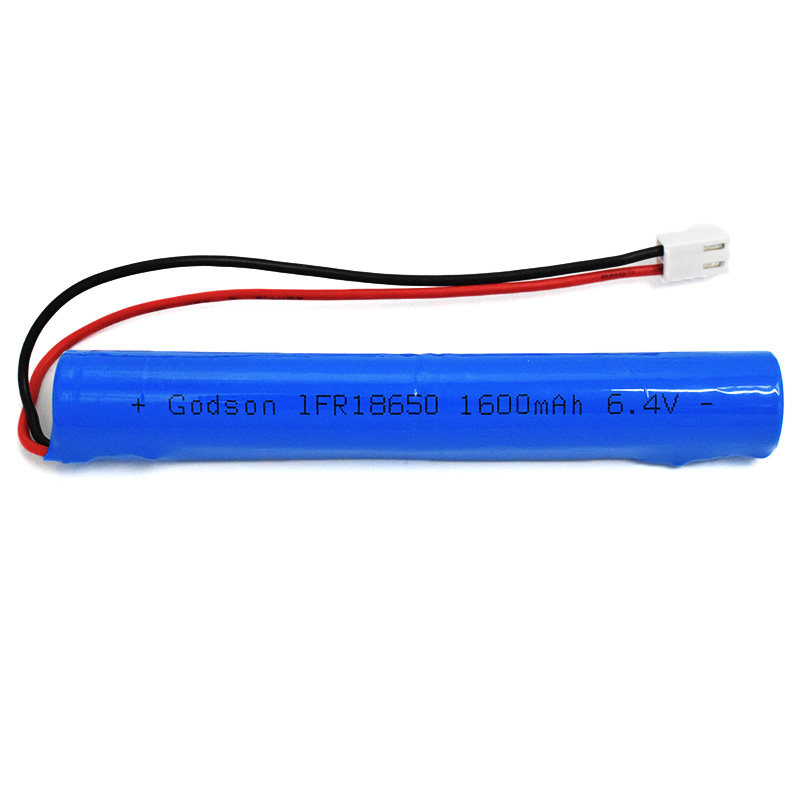 LiFePO4 IFR18650 1600mAh 6.4V
LiFePO4 IFR18650 1600mAh 6.4V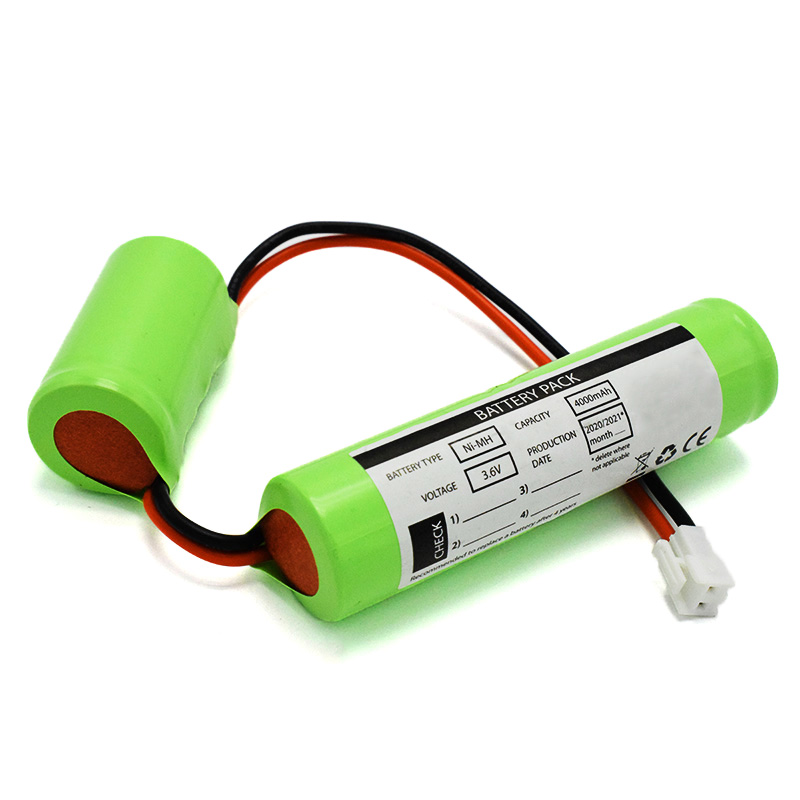 Ni-MH Battery C4000mAh 3.6V
Ni-MH Battery C4000mAh 3.6V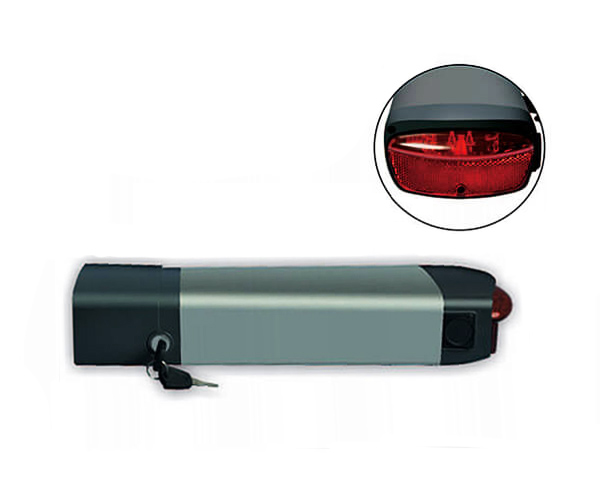 E-bike Battery 48V 10Ah JL-1
E-bike Battery 48V 10Ah JL-1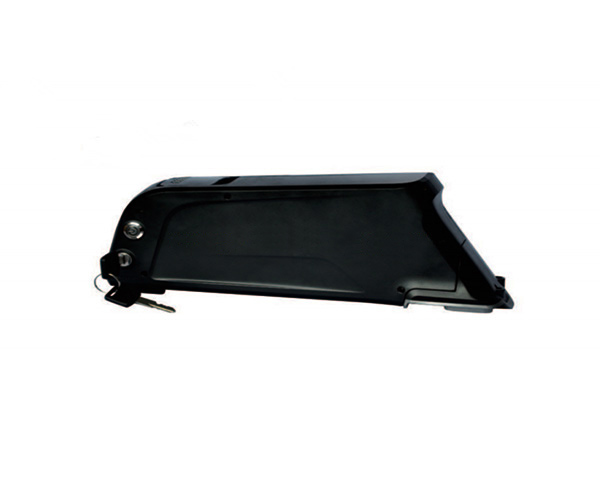 E-bike battery 48V 10Ah Qing Tian
E-bike battery 48V 10Ah Qing Tian